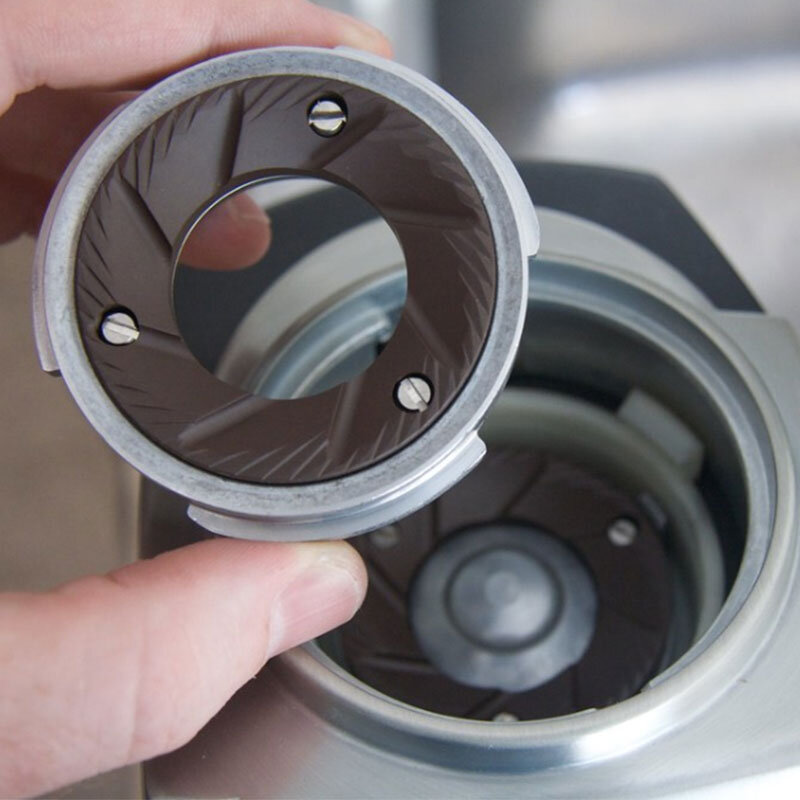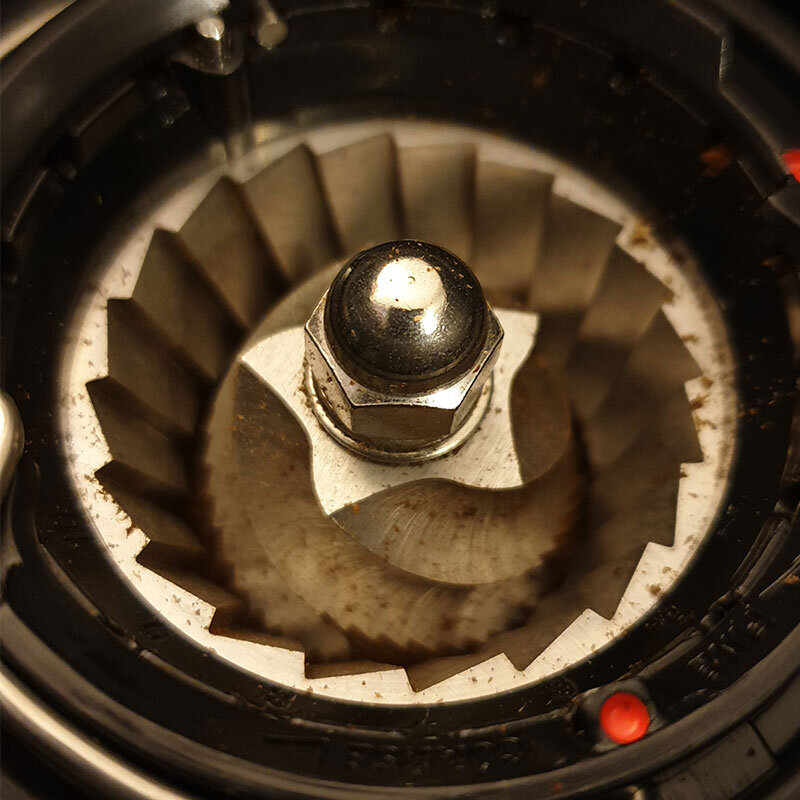Beginner’s Guide: Buying a Coffee Grinder for Espresso
There are a wide range of coffee grinders out there however, when buying a coffee grinder for espresso there are a few essential requirements you will need to consider. Many popular grinders tend to not be suitable for espresso.
The key to grinding for espresso is that you need a particularly fine and consistent grind to extract the full bodied flavour from your beans.
You also need greater control of your grind settings so you can ‘dial in’ as there are many varying factors that need to be tweaked depending on the beans you use.
Here are the most important factors when buying a coffee grinder for espresso.
Burr is better than blade
Arguably the most important feature to look for in your grinder - making sure it has a ‘gear’ like mechanism which is called the burr. This is what grinds the coffee by crushing the beans to ensure they are ground fine enough to make espresso.
An alternative type of grinder is a blade grinder which uses a blade to slice the beans in a less controlled manner. This is what you will find in most common kitchen equipment shops however these just won’t be up to the job. They will not produce a consistent grind and you will struggle to grind fine enough due to the erratic and forceful nature of the blades.
Conical vs Flat Burrs
When looking for a burr grinder, you will be faced with two types of burrs - Conical and Flat.
Conical burrs have a cone shape and are more common in budget grinders whereas flat burrs have rings that sit flat to the ground. Both do a great job of chopping your beans up and there is much debate about which will give you a better grind.
3. Electric vs Hand Grinders
Now this factor is pretty much entirely down to personal preference. Manual hand grinders tend to be a lot cheaper than electric however they do require a lot of elbow grease to make enough grounds for shot. You could be cranking the bean grinder for 30 seconds to 1 minute for a single shot which may not sound like much, but when you are making multiple shots or just want a quick cup of coffee, this can be a major chore. With an electric grinder you can simply press a button and it will do the rest for you.
One area where hand grinders excel is with portability. As you don’t require a power outlet, they are great for taking away when travelling or camping. However electric grinders are far more easy to grind and often have an array of extra features.
Both will create coffee grounds good enough for espresso, but the choice is just down to how much you want to spend on your grinder and how convenient you’d like it to be.
4. Controls
To ensure you get a consistent grind and can tweak the fineness to get the perfect shot, you should look out for what sort of control features the grinder has.
Hand grinders will allow you to adjust the grind size but not much else. Whereas most electric ones will let you adjust the grind size as well as other settings. Some useful controllable settings to look for include:
Grind size
Shot size
Grind time
Shot quantity
5. Grind Settings
Being able to adjust your grind settings is crucial for the perfect extraction.
The main choice you will have when shopping for a coffee grinder for espresso will be the number of grind settings/increments it has.
The larger number of grind settings, the greater control you will have over the fineness of the coffee. It’s also important to make sure the grinder can grind fine enough for espresso.
This is quite often hard to tell but you can normally find out by reading the manufacturer description and customer reviews/questions.
6. Price
For a decent home espresso grinder, you should be prepared to fork out a lot of money - the general rule of thumb is to spend as much money on your grinder as you did on your coffee machine.
Manual hand grinders are a lot cheaper than electric ones generally (around £40 - £200) but for the added convenience and features of electric, you could be looking at spending upwards of £150.
The more you spend, the better build quality and higher number of features you can expect.
Second hand options can be a good way to save some money and you can quite often find cafe’s selling commercial grade grinders cheaply on Gumtree and eBay.
However I would recommend going for new if you can afford it as you will have more manufacturer warranty and are less likely to come across faults.
Popular grinders to shop for:
Hario Slim Plus Hand Coffee Grinder - £35 approx
Great budget option if you want something portable and don’t mind some elbow grease
Pro’s: Good looking design, low price point, useful shot measurement guide
Cons: Small grounds container, requires some muscle, plastic design not as durable as others
Baratza Encore Electric Burr Grinder - £150 approx
A reliable, easy to use classic at a reasonable price
Pro’s: Easy 1 button function, small size, lots of online advice/support, 40 grind settings
Cons: Can’t grind directly into portafilter, lack of features such as grind time
Sage/Breville Smart Grinder Pro Electric Burr Grinder - £180 approx
A great bang-for-your-buck grinder with a range of useful features and grind settings
Pro’s: 60 grind settings, portafilter holder (or grounds bin), LED screen, extra controls such as grind amount and shot quantity, easily programmable
Cons: A little complicated to use at first, fairly large in size









